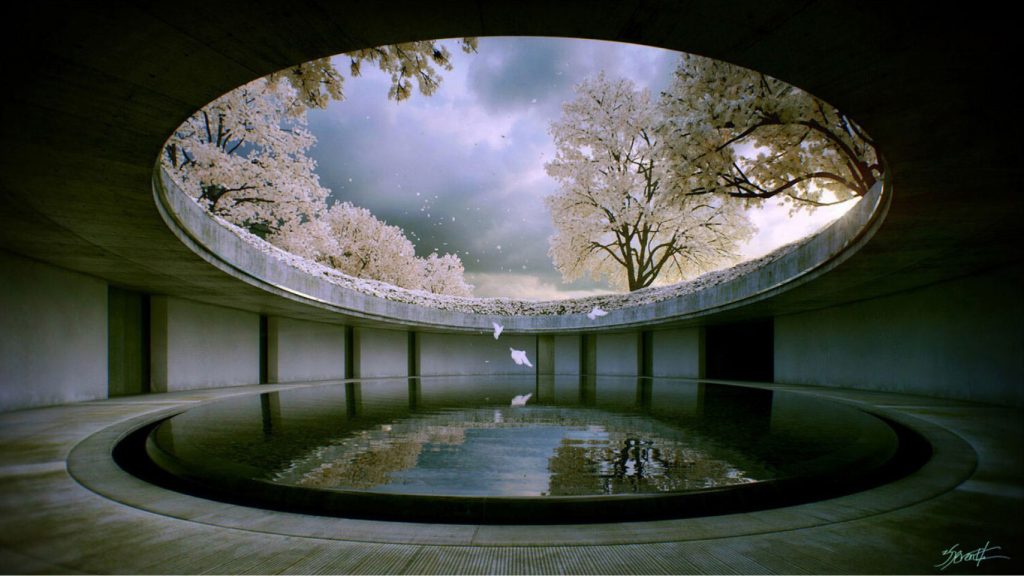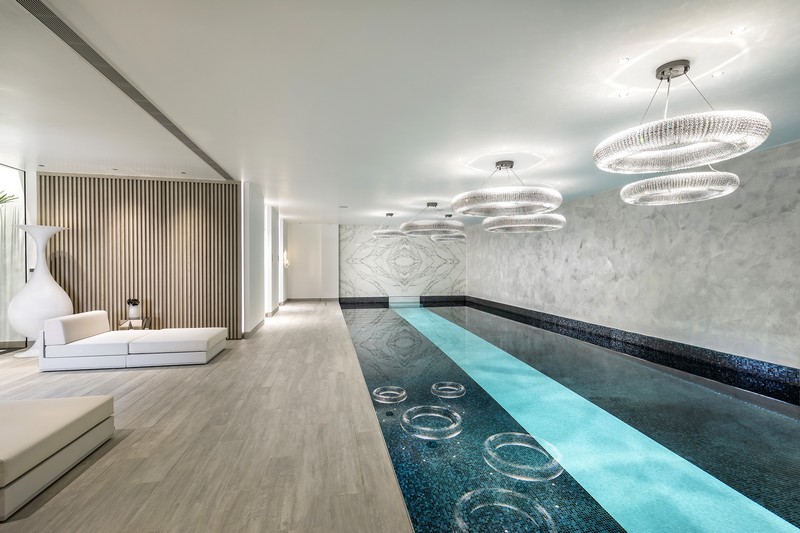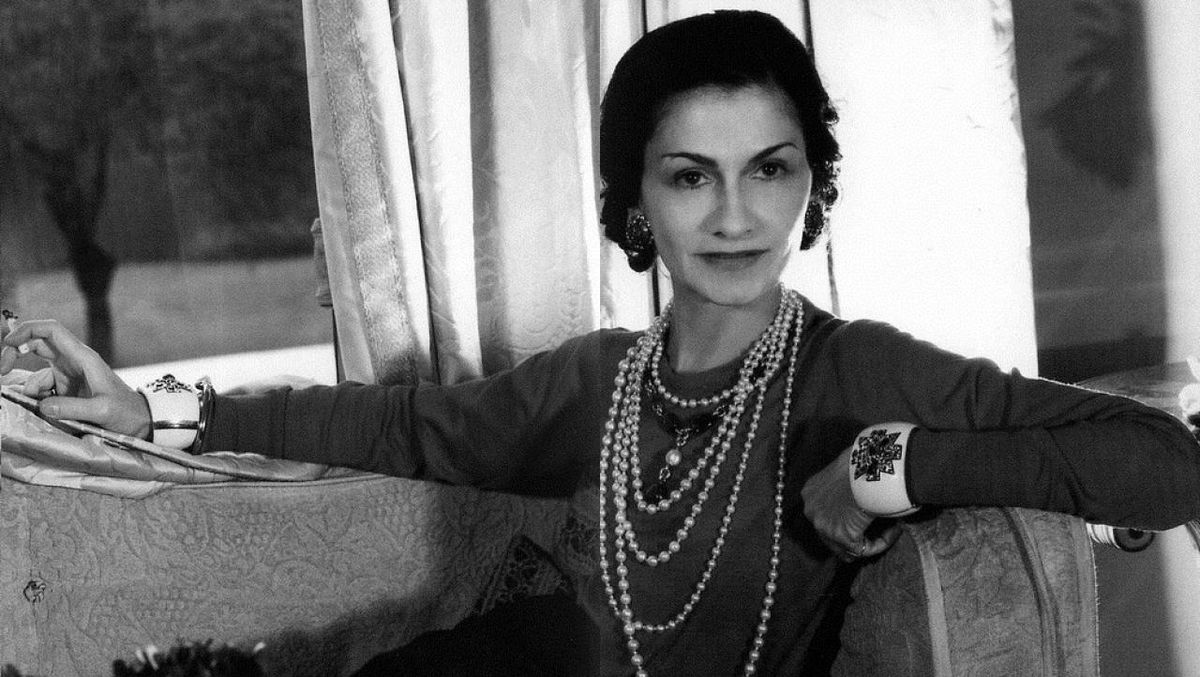Tadao Ando, born in Osaka, Japan, in 1941, is one of today’s most acclaimed architects. His work, characterized by the masterful use of natural light, exposed concrete and integration with nature, transcends borders and defies conventions.
Self-taught, Ando began his career in the 1960s after traveling around Europe and North America, where he studied architecture on his own. His philosophy, inspired by Japanese tradition and minimalism, seeks to create spaces that provoke a profound sensory experience in the user.
Light as the Protagonist
One of the most striking elements of Ando’s work is the use of natural light. Through strategically placed openings, he creates plays of light and shadow that define the atmosphere of the spaces. For Ando, light is more than a functional element, it is a sculptural material that shapes the spatial experience.

Apparent Concrete: Simplicity and Strength
Another fundamental element in Ando’s architectural language is exposed concrete. Its rough, brutalist texture contrasts with the lightness of natural light, creating a unique and powerful aesthetic. For Ando, concrete represents the strength and permanence of architecture, as opposed to the fragility of nature.

Dialogue with Nature
Ando believes that architecture should be in harmony with its natural surroundings. His projects often integrate with the landscape, using elements such as gardens, courtyards and water to create an immersive and serene experience.

Emblematic works
Throughout his career, Ando has designed several iconic buildings, such as the Row House in Sumiyoshi (1976), the Chichu Art Museum (2004) and the Modern Art Museum of Fort Worth (2002). His projects can be found in several countries, including Japan, the United States, Europe and Asia.

Ando’s talent and genius have been recognized with several international awards, including the Pritzker Prize, architecture’s highest honor, in 1995.
Tadao Ando remains one of the most influential figures in contemporary architecture. His work, marked by simplicity, strength and beauty, inspires architects and art lovers the world over.
Article Written by Luís Leão







